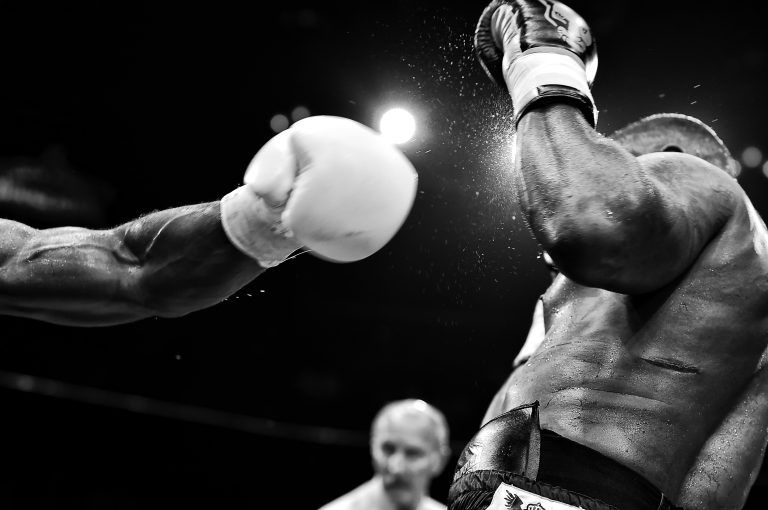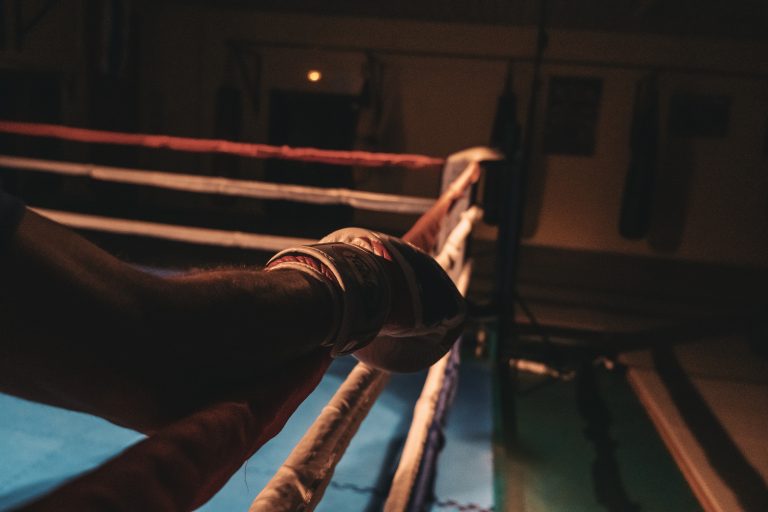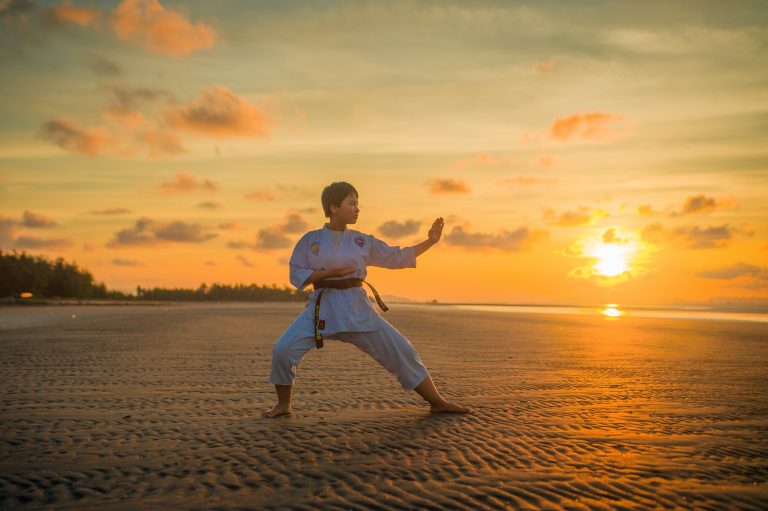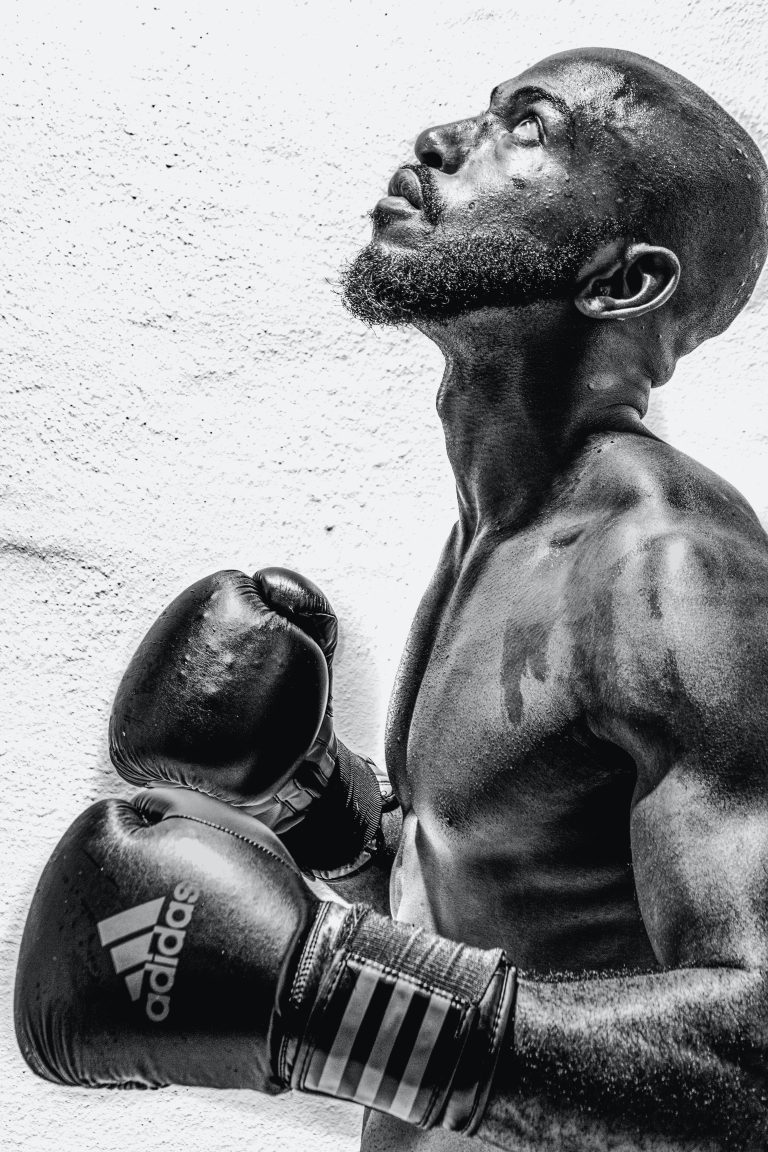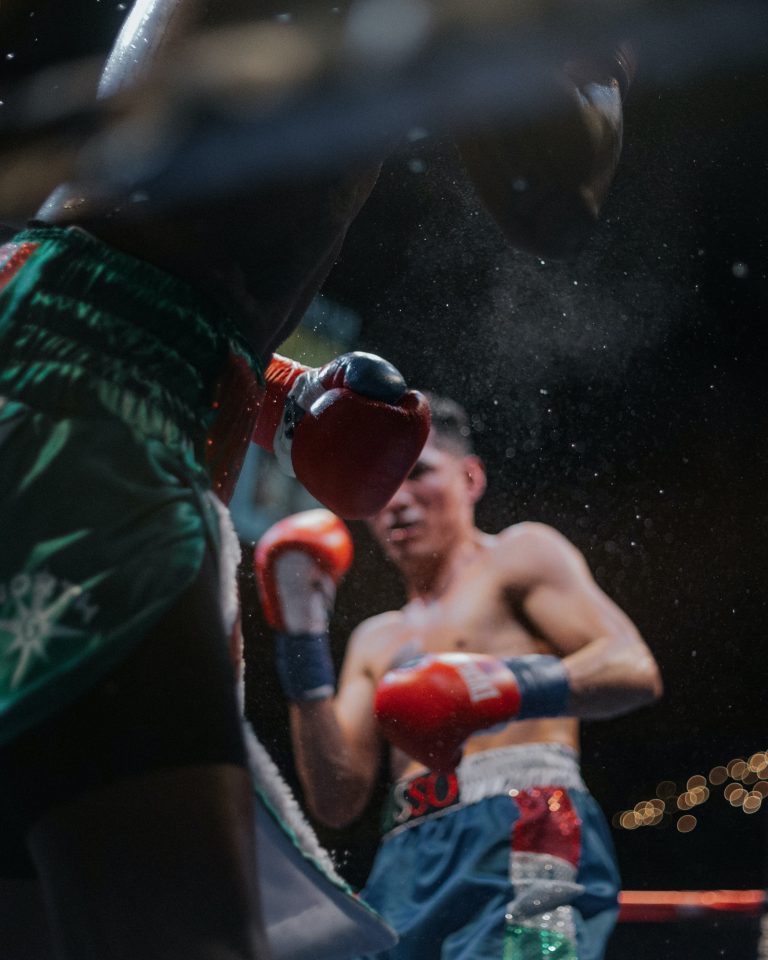What is the Difference Between Traditional Karate and Modern Karate?
Karate is an exciting and vigorous form of martial arts, in which practitioners use their hands, feet, and torso to deliver powerful strikes and defenses against opponents. Although karate is well over a century old, it has evolved considerably throughout its lifetime, and today’s practitioners have access to a wide range of styles and techniques that were not available in the past. Among these styles is a divide between traditional karate and modern karate. In order to decide which is right for you, it is important to understand the differences between the two styles and how they are used by practitioners today.
The Origins of Traditional Karate
The origins of traditional karate can be traced back to Okinawa in the 19th century. Okinawa had a long history of martial arts, which included weapons-based martial arts such as Naginatajutsu and Kenjutsu. Eventually, these weapons-based martial arts were banned by the Japanese government, who saw them as a potential threat to public safety. In response, the Okinawans developed new techniques and postures that could be used without weapons. This new form of unarmed combat came to be known as ‘Karate’, which translates literally as ‘empty hand’.
Traditional karate is focused on developing the fundamental skills needed for self-defense in a variety of situations. This includes basic blocking and striking techniques, as well as postures that help the practitioner to remain balanced and focused. Traditional karate also stresses the importance of discipline and self-control, with practitioners expected to treat others with respect. This traditional focus on fundamentals is one of the main differences between traditional karate and modern karate.
The Emergence of Modern Karate
Modern karate emerged in the 20th century, primarily in Japan. It was heavily influenced by martial arts such as Judo and Aikido, which were popularized around that time. Modern karate has a different emphasis from traditional karate, placing a greater emphasis on applying the techniques in a sporting context. This has led to competition-oriented styles such as Kyokushin Karate and Shorinji Kempo, which emphasize physical conditioning and hard sparring drills.
Modern karate also incorporates more acrobatic and flashy techniques than traditional karate, such as spinning kicks and jump-kicks. These types of techniques are rarely seen in traditional karate, as they are perceived to detract from the focus on fundamentals that is central to traditional karate. As modern karate has grown in popularity, it has diversified into several distinct styles, such as Goju Ryu, Shotokan, Wado Ryu, and Shito Ryu, among others.
Advantages of Traditional Karate
Traditional karate provides practitioners with a comprehensive self-defense system that can be used in a variety of situations. Its emphasis on fundamental techniques enables students to gain a good understanding of how to defend themselves at close range against opponents with varying levels of skill. Traditional karate also stresses the importance of respect, discipline, and humility—values that can be beneficial in other aspects of life too.
One advantage of traditional karate is that it is often less physically taxing than modern karate. This makes it particularly suitable for older practitioners or those who want to focus more on technical execution than physical conditioning. Traditional karate also allows practitioners to develop control over their own bodyweight, helping them to move more effectively and use less energy when executing techniques.
Advantages of Modern Karate
Modern karate provides practitioners with a good way to stay in shape and test their physical fitness through sparring drills. Many modern styles also offer competitions in which students can put their skills to the test against other practitioners of their level. In addition to its physical benefits, modern karate also has spiritual benefits for those looking for deeper understanding of the martial arts system.
Modern karate provides students with an opportunity to explore more advanced techniques from a variety of different martial arts styles. This can give practitioners a wider range of techniques to draw from when customizing their own style or adapting to changing situations in real-world self-defense scenarios. Modern karate also puts an emphasis on certain types of flashy techniques that are not found in traditional karate, thus giving practitioners a chance to show off if they wish.
Which Style Is Right for You?
Although there are many differences between traditional karate and modern karate, both styles offer valuable benefits for practitioners. Ultimately, the right style for you will depend on your own personal needs and goals; if you want a comprehensive self-defense system with emphasis on respect and humility, then traditional karate may be more suitable. On the other hand, if you are looking for a physical conditioning regime or an opportunity to compete against other practitioners, then modern styles such as Kyokushin Karate may be more appropriate for you.
No matter which style of karate you choose, it is important to remember that martial arts is all about personal development; by challenging yourself to learn new techniques, strive for better physical conditioning, and cultivate respect for both your training partners and opponents, you can enjoy your martial arts journey even more!
Conclusion
Karate is an ancient Japanese martial art that has managed to remain popular throughout its long history. Today there are two main branches of karate: traditional karate and modern karate. Traditional karate places a focus on fundamentals such as blocking and striking techniques, while modern karate emphasizes physical conditioning and competition-oriented drills. Both styles offer unique benefits for practitioners who want to explore the depths of karate; by understanding the differences between the two styles you can choose the one that would best suit your needs and goals as a martial artist!
What is Traditional Karate and Modern Karate?
Karate is a martial art that was developed in Japan in the early 20th century. It involves a combination of physical techniques, mental discipline, and philosophy. It has become popular worldwide, with millions of practitioners embracing the art. However, karate has evolved over the years, leading to two main branches: Traditional Karate and Modern Karate.
Traditional Karate refers to the style of karate that originated in Japan and has been passed down through generations. It focuses on preserving historical techniques and traditions, and it emphasizes physical and mental fitness, discipline, and respect for others. Some of the well-known traditional karate styles include Shotokan, Goju-Ryu, and Shito-Ryu.
On the other hand, Modern Karate refers to the evolution of karate to accommodate contemporary times. Modern Karate emphasizes the practical use of karate in self-defense and combat, and it borrows techniques from other martial arts. Its training methods tend to be more structured and less rigid than traditional karate. Examples of modern karate styles include Kyokushin, Ashihara, and Enshin.
Now that we’re familiar with the two branches of karate, let’s dive into the most frequently asked questions about the difference between Traditional Karate and Modern Karate:
1. What are the Differences in Techniques?
One of the most notable differences between the two branches of karate is the techniques used. Traditional Karate tends to stick to the historical techniques of the style, while Modern Karate incorporates techniques from other martial arts.
Traditional Karate focuses on linear and precise movements that emphasize balance, speed, and power. Its techniques usually require a lot of practice and focus on strong, direct strikes, kicks, and blocks. Modern Karate, on the other hand, tends to be more eclectic, using a wide range of techniques that focus on practicality rather than adherence to tradition.
2. What Kind of Training Can You Expect?
Traditional Karate training is known for its strict discipline and structured methods. Training is intense, with a focus on repetition and refinement of techniques. Practitioners also learn kata (forms), which are pre-arranged sets of movements that simulate a combat situation. These forms are an essential part of traditional karate training.
Modern Karate training is usually less strict and more varied. Class structures are less formal, and practitioners may train in sparring and self-defense more often. Modern karate classes usually incorporate other martial arts techniques like grappling and throws.
3. What is the Focus of Each Style?
Traditional Karate’s focus goes beyond the fight itself. Training instills focus, respect, and discipline, teaching practitioners to have the right mindset when dealing with daily life situations. It encourages overall well-being, with a particular emphasis on mental health.
Modern Karate, on the other hand, focuses on practical application. It teaches practitioners how to defend themselves against modern-day threats and is more closely aligned with current self-defense strategies.
4. Which Style is More Popular?
Both Traditional Karate and Modern Karate have strong followings, with various countries having different popular styles. However, Modern Karate seems to have garnered more attention in recent years, particularly in western countries. The emphasis on practicality has made it more appealing to a wider range of people.
5. Which Style is Right for You?
When deciding which branch of karate to study, it is vital to consider your personal values and goals. Traditional Karate teaches you to focus on yourself, cultivate discipline and respect, and develop holistic wellness. Modern Karate teaches practical self-defense skills while including techniques from other martial arts.
Both styles offer unique benefits, and the choice between them is subjective. However, remember that finding a high-quality instructor is crucial in your karate journey, regardless of the branch you choose.
Conclusion
In conclusion, Traditional Karate and Modern Karate are two branches of the same martial art, which have evolved over time to suit different goals and values. Traditional Karate emphasizes the historical techniques, discipline, and respect for others, while Modern Karate emphasizes practical self-defense and adaptability. Both styles offer unique benefits, and the choice between them is subjective. So it is essential to evaluate your personal goals and values to determine which karate branch is right for you.
Inhaltsverzeichnis

